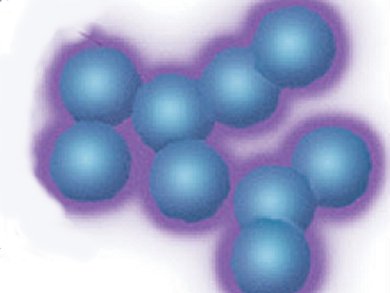Materials with high lithium storage capacity, such as silicon and tin based alloys, have potential applications as lithium battery anodes. But the large-volume change associated with lithiation and delithiation severely hinders practical employments.
Through a combination of advanced tools of material synthesis, spectroscopic analysis and theoretical simulations, a team of scientists around Gao Liu and Wanli Yang, US Department of Energy’s Lawrence Berkeley National Laboratory (Berkeley Lab), USA, developed a new conductive binder for solving this long-standing volume change problem in high capacity materials. A tailored polymer that conducts electricity binds closely to lithium-storing silicon particles, even as they expand to more than three times their volume during charging and shrink again during discharging.
A simple mixing of commercial Si particles with the binder forms a slurry, which can be coated into a porous electrode. The conductive polymer matrix is compatible with the lithium-ion slurry manufacturing process. The new kind of anode can absorb eight times the lithium of current designs. It has maintained its greatly increased energy capacity after over a year of testing and many hundreds of charge-discharge cycles.
- Polymers with Tailored Electronic Structure for High Capacity Lithium Battery Electrodes,
Gao Liu, Shidi Xun, Nenad Vukmirovic, Xiangyun Song, Paul Olalde-Velasco, Honghe Zheng, Vince S. Battaglia, Linwang Wang, Wanli Yang,
Adv. Mat. 2011.
DOI: 10.1002/adma.201102421



